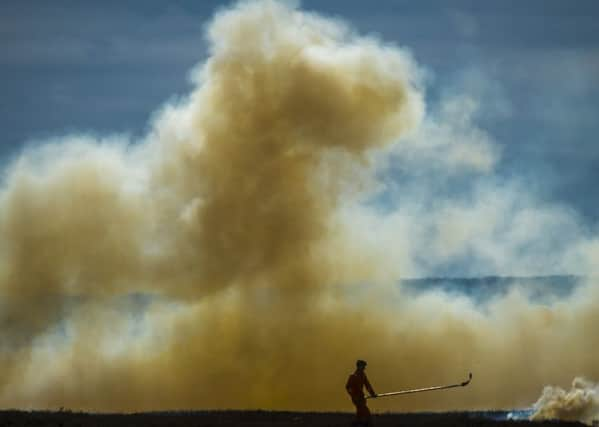A burning impression on our great moorland


But rather than a rampant blaze ruining the precious landscape, this picture shows the controlled burning of heather on the moors, in this instance near Dunford Bridge, in South Yorkshire.
While it may look dramatic it’s not an uncommon sight on our moorlands during late winter and early spring, and the practice of heather burning to rejuvenate upland slopes for the benefit of livestock and game birds can be traced back to the days when ancient settlers used fire as a way of clearing woodland.
Advertisement
Hide AdAdvertisement
Hide AdToday, our heather-clad moorlands are not only stunning they are a vitally important habitat. Short (young) heather provides food for sheep and red grouse, as well as shelter and nest sites for some ground-nesting birds. While taller (older) heather provides shelter and nest sites for birds and other wildlife.
If left alone these heather plants will live for more than 20 years but as they grow older their stems become very tough and woody. Which is why gamekeepers manage the heather by burning it when the stems reach a certain height. They burn different patches each year in rotation, so that there are always areas of short heather and tall heather close together.
The result is moorland that often looks like a patchwork quilt, the idea being that it creates a more diverse habitat - one that’s good for both plants and animals.
Technical details: Nikon D4, Lens Nikon 300mm with Nikon x2 teleconverter, Shutter Speed 1/2500sec, Aperture f/5.6, ISO 160.